Introduction
In the realm of culinary traditions, preserving vegetables through fermentation holds a unique and time-honored place. Among the myriad of fermented vegetables enjoyed worldwide, Potherb Mustard (Brassica juncea var. foliosa), commonly known as Snow Mustard or Snow Cabbage in English-speaking regions, stands out for its distinct flavor and nutritional benefits. This leafy green vegetable, native to Asia, has been a staple in many traditional diets for centuries, particularly in China, Korea, and Japan, where it is meticulously preserved through various techniques to be enjoyed throughout the year. This article delves into the art of pickling Snow Mustard, exploring the traditional methods, the science behind the process, and the cultural significance of this preserved delicacy.
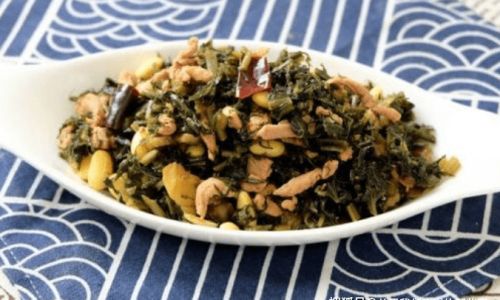
Understanding Snow Mustard
Before diving into the preservation process, it’s crucial to understand the basics of Snow Mustard. This variety of Brassica juncea is characterized by its dark green, crinkled leaves and thick stems, which can grow up to several inches long. Snow Mustard is valued not only for its unique taste but also for its nutritional profile, rich in vitamins A, C, and K, as well as minerals like calcium and iron. Its slightly bitter and pungent flavor, when fermented, transforms into a tangy, umami-laden delight that complements a wide array of dishes.
Traditional Pickling Methods
The preservation of Snow Mustard through pickling involves several steps, each crucial in ensuring the final product’s taste, texture, and safety. Here’s a detailed breakdown of the traditional method:
-
Preparation of the Mustard Greens:
- Harvesting: Choose Snow Mustard plants that are robust and have healthy, vibrant leaves. Harvest them early in the morning when the leaves are at their freshest.
- Cleaning: Thoroughly wash the leaves under running water to remove any dirt or pests. Pat them dry using a clean cloth or let them air-dry.
- Chopping: Cut the leaves and stems into bite-sized pieces for easier handling and faster fermentation.
-
Brining:
- Salt Solution: Prepare a brine by mixing non-iodized salt with water in a ratio of approximately 2-3 tablespoons of salt per quart of water. The exact ratio may vary based on personal preference and the climate where the fermentation will take place.
- Submergence: Place the chopped Snow Mustard into a clean, non-reactive container (such as glass or ceramic). Pour the salt solution over the greens, ensuring they are completely submerged. This prevents the growth of harmful bacteria and facilitates fermentation by creating an anaerobic environment.
-
Weighting Down:
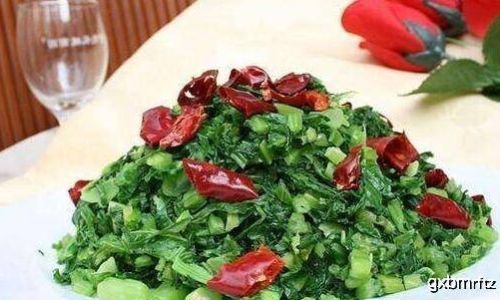
To keep the Snow Mustard submerged, use a weight, such as a clean stone or a fermentation weight designed for this purpose. Alternatively, you can place a smaller container filled with water on top of the greens. This prevents the vegetables from floating and exposure to oxygen, which could lead to spoilage.
-
Fermentation:
- Environment: Place the container in a cool, dark place where temperatures remain consistent, ideally between 65-75°F (18-24°C). The fermentation process can take anywhere from a few days to a couple of weeks, depending on the ambient temperature and the desired level of tanginess.
- Burping: During fermentation, gases will be produced. It’s important to “burp” the container daily by opening it briefly to release the pressure and then resealing it tightly. This prevents the container from exploding due to built-up gases.
-
Tasting and Storage:
- Monitoring: Regularly taste the pickled Snow Mustard to monitor its progress. Once it reaches the desired level of tanginess and flavor, it’s ready for storage.
- Transfer: Transfer the fermented Snow Mustard to clean, airtight containers. If a longer storage period is desired, the pickles can be submerged in fresh brine or a vinegar solution to halt further fermentation.
- Refrigeration: Store the pickled Snow Mustard in the refrigerator to slow down any remaining fermentation and preserve its quality. Properly stored, it can last for several months.
The Science Behind Fermentation
The art of pickling Snow Mustard is rooted in the science of lactic acid fermentation. When Snow Mustard is submerged in a salt solution, beneficial bacteria, such as Lactobacillus species, begin to break down the sugars and starches in the vegetable, producing lactic acid. This acid creates an environment that is hostile to harmful bacteria and fungi, thereby preserving the pickles.
Moreover, fermentation enhances the nutritional profile of Snow Mustard by increasing the levels of beneficial probiotics, vitamins, and enzymes. These probiotics support gut health, aid in digestion, and boost the immune system.
Cultural Significance
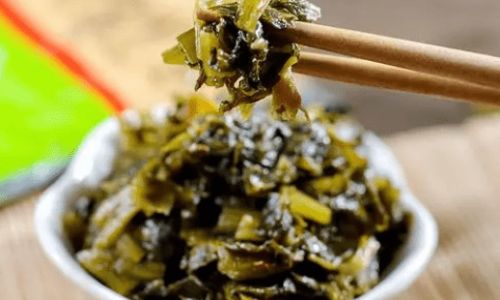
Beyond its culinary appeal, pickled Snow Mustard holds deep cultural significance in many Asian societies. It is often associated with the changing seasons, particularly winter, when fresh vegetables are scarce. Preserving Snow Mustard ensures a steady supply of nutritious food throughout the year, reflecting a wisdom and resilience passed down through generations.
In China, pickled vegetables, including Snow Mustard, are a vital component of the traditional banquet table, symbolizing abundance and prosperity. In Korea, they are known as “kimchi,” a national dish that transcends mere cuisine, embodying the country’s history, culture, and identity. Similarly, in Japan, pickled vegetables play a crucial role in the traditional meal known as “bento,” reflecting the nation’s meticulous attention to detail and seasonal harmony.
Conclusion
Preserving Snow Mustard through pickling is not merely a culinary practice; it’s a testament to human ingenuity, cultural heritage, and the art of transforming nature’s bounty into a lasting delicacy. By following the traditional methods outlined above, one can harness the power of fermentation to create a tangy, nutritious, and culturally rich dish that transcends time and space. As we continue to explore and appreciate the diverse culinary traditions of the world, pickled Snow Mustard stands as a shining example of how food can connect us to our past, present, and future.
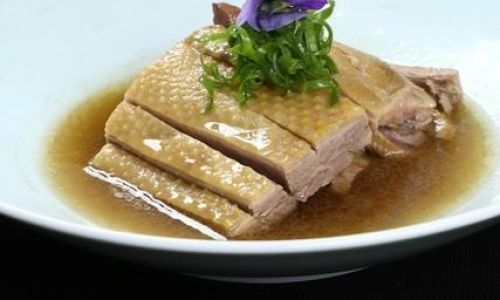
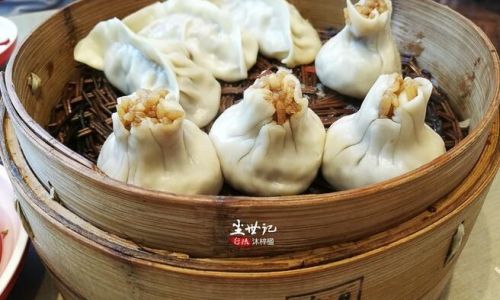
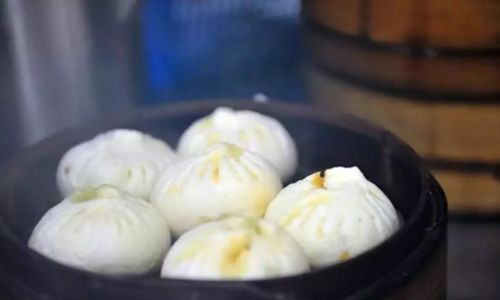
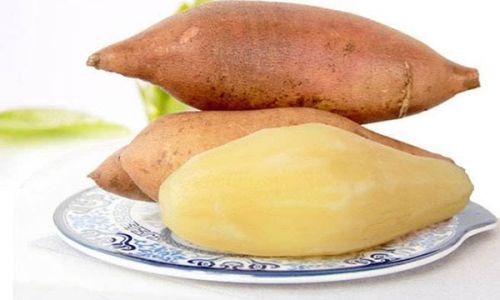
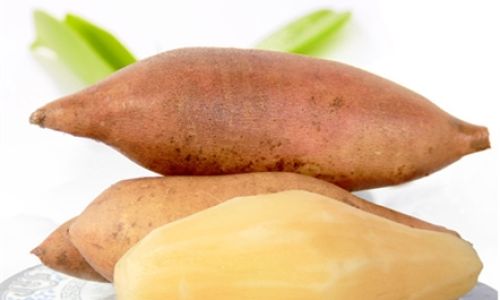
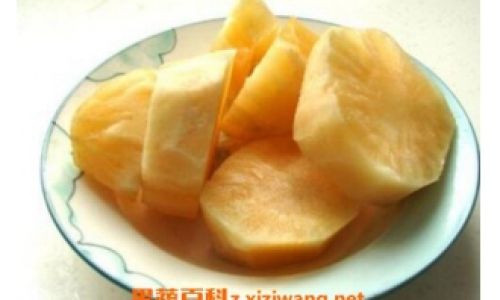
0 comments